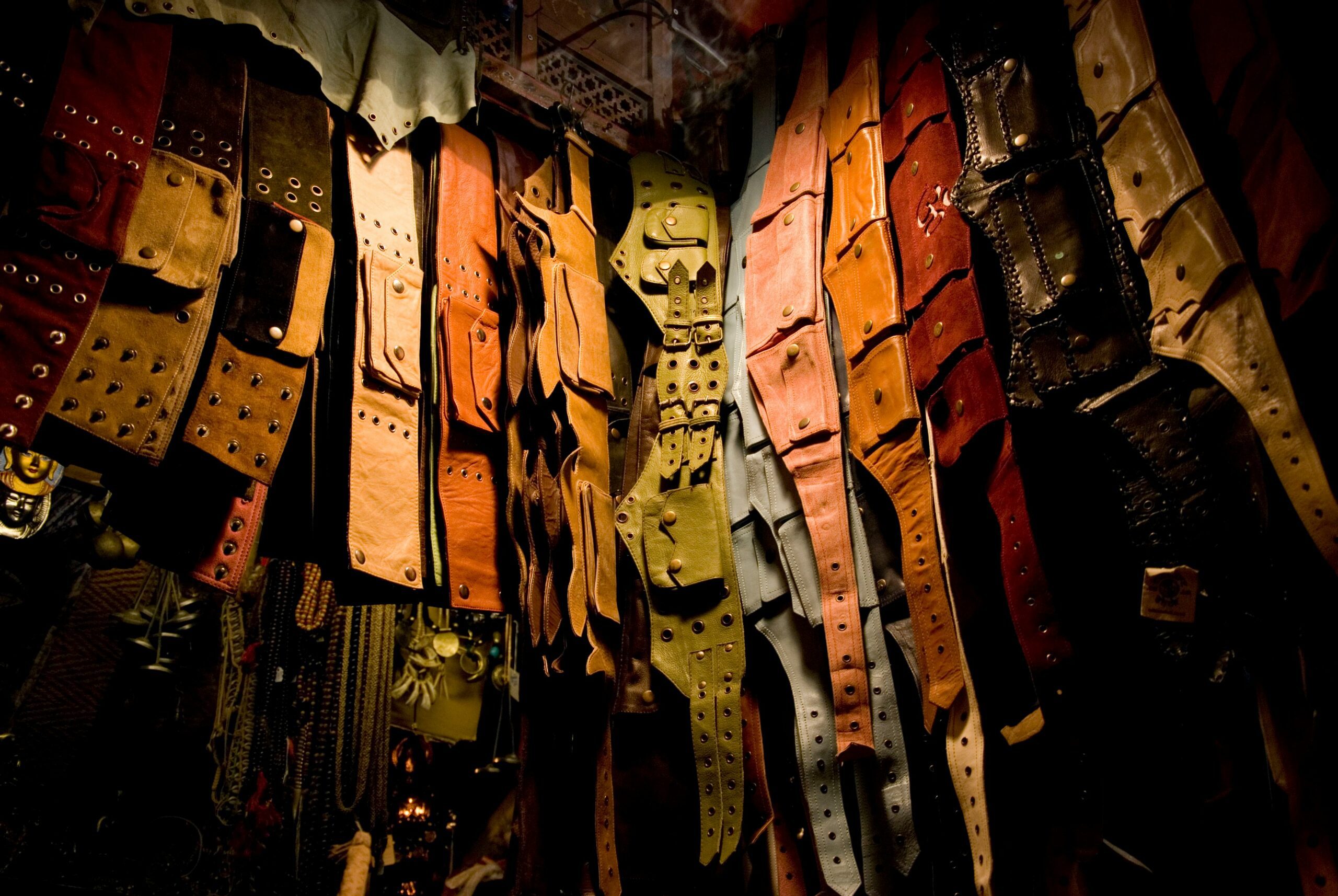From December 10 to 12, 2024, Kigali hosted the 17th Africa Leather Value Chain Annual Forum, themed “Fostering a Resilient and Inclusive Future for Africa’s Leather Value Chain: Balancing Social, Economic and Environmental Priorities to Empower the African Continental Free Trade Area (AfCFTA).” This pivotal event provided a platform to discuss how the continent’s leather industry can leverage its vast potential while addressing pressing challenges. The forum’s theme captured the essence of creating a sustainable leather value chain that supports social inclusion, economic growth and environmental conservation, all within the framework of the AfCFTA.
The Promise of Africa’s Leather Industry
Africa’s leather value chain holds immense promise. The continent is home to over three billion livestock, accounting for approximately 33.3 percent of the world’s livestock population, producing an estimated 10.7 percent of raw hides and skins annually. These resources position Africa as a potential global supply hub. Yet, despite this abundance, Africa contributes less than 4.5 percent to the $400 billion global leather trade. This significant underperformance stems not from a lack of resources but from structural inefficiencies. Limited processing capacity sees over 90 percent of Africa’s raw hides exported in unprocessed form, outdated technologies hinder production efficiency and fragmented markets restrict trade flow. However, the AfCFTA, encompassing 55 countries and a market of 1.3 billion people, offers an unprecedented opportunity.
The leather industry can create millions of jobs, particularly in rural areas where livestock farming is prevalent.
Leveraging the AfCFTA for trade expansion
The AfCFTA creates a unique environment for intra-African trade by reducing tariffs by up to 90 percent and harmonizing trade policies across member countries. For the leather sector, this translates to an unlimited market potential with a combined gross domestic product exceeding $3.4 trillion. For example, countries like Ethiopia, exported approximately $28.6 million worth of raw hides and leather in 2021, Kenya, known for its robust leather footwear industry valued at $94 million, and South Africa, a leader in leather car upholstery production, can serve as hubs of innovation and expertise.
Resiliency and inclusivity in the leather value chain in Africa
Social Inclusion: The leather industry can create millions of jobs, particularly in rural areas where livestock farming is prevalent. Women could establish small-scale processing units and vocational programs for youth could build skills in craftsmanship, marketing, and exports. Achieving this requires deliberate policies, including fair labor practices, equitable income distribution and resource access for marginalized groups. Cooperatives and social enterprises can further help small-scale producers and traders penetrate markets effectively.
Economic Growth: Africa’s leather value chain holds immense untapped potential, with the ability to generate revenue through value addition. While over 70 percent of Africa’s raw hides are currently exported in unprocessed form, investing in modern tanneries could double their value. Finished leather goods, such as footwear, bags, and apparel, can command up to five times the price of raw materials in both domestic and international markets. Governments could offer incentives for establishing processing facilities, while development partners support capacity-building initiatives and financing options for micro, small and medium enterprises.
Environmental Sustainability: The environmental footprint of Africa’s leather industry remains a pressing issue, with traditional tanning processes releasing harmful chemicals that pollute the environment. Currently, wastewater from tanneries in Africa is untreated, exacerbating environmental harm due to harmful chemicals used in leather processing. Embracing eco-friendly technologies, such as plant-based tanning and water recycling, could mitigate the adverse impacts. Waste management is another critical concern; for instance, by converting by-products like bones and fat into materials for biofuel or animal feed, the sector could adopt a circular economy model in reducing waste.
Challenges and recommended solutions
Africa’s leather industry faces multiple obstacles on its path to resilience and inclusivity. Infrastructure gaps, such as poor roads and unreliable energy with many tanneries operating below capacity hinder efficiency. Investment in modern tanneries and transportation networks is vital to scaling up operations.
Financing remains another challenge. Many small-scale entrepreneurs, like those in Tanzania, struggle to access affordable credit, limiting their ability to grow. Innovative models such as micro-loans and crowdfunding can enable small leather businesses to thrive.
Inconsistent quality further weakens the industry, as unregulated raw materials fail to meet premium market standards. Harmonized certification systems could elevate African leather products globally.
Lastly, workforce development is key; targeted training programs can equip artisans with the skills to innovate and compete in advanced markets. Addressing these issues collectively can unlock the sector’s untapped potential.
Conclusion
The 17th Africa Leather Value Chain Annual Forum in Kigali offered a timely opportunity to chart a new course for Africa’s leather industry. By balancing social, economic, and environmental priorities, stakeholders can create a resilient and inclusive future for the sector. The AfCFTA provides the perfect framework to achieve this vision, unlocking the potential of Africa’s leather value chain to drive sustainable development and regional integration. The time to act is now.
Innocent Matekere is an environmental coordinator at China Petroleum Pipeline.
Photo by Alessandro Bogliari via Unsplash.

